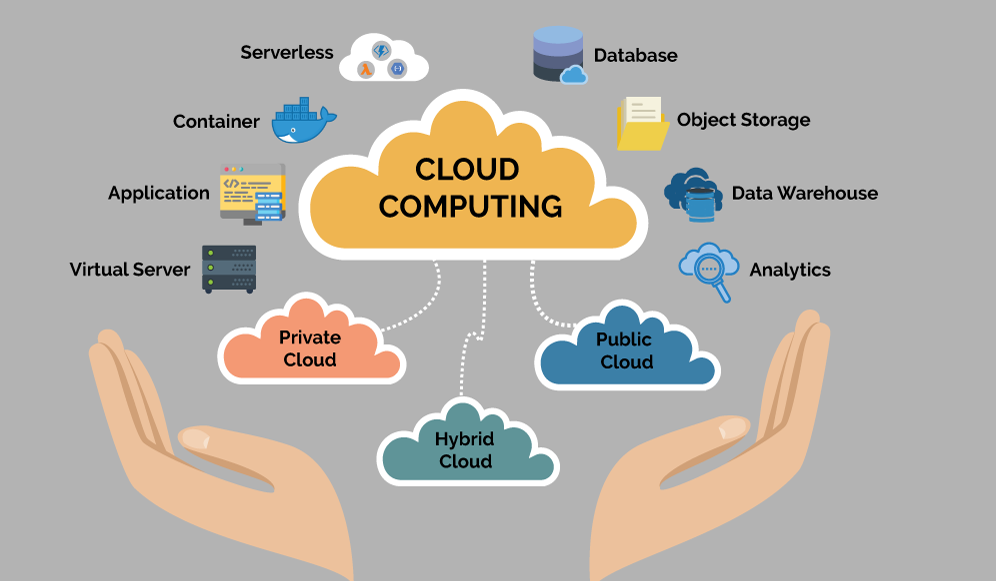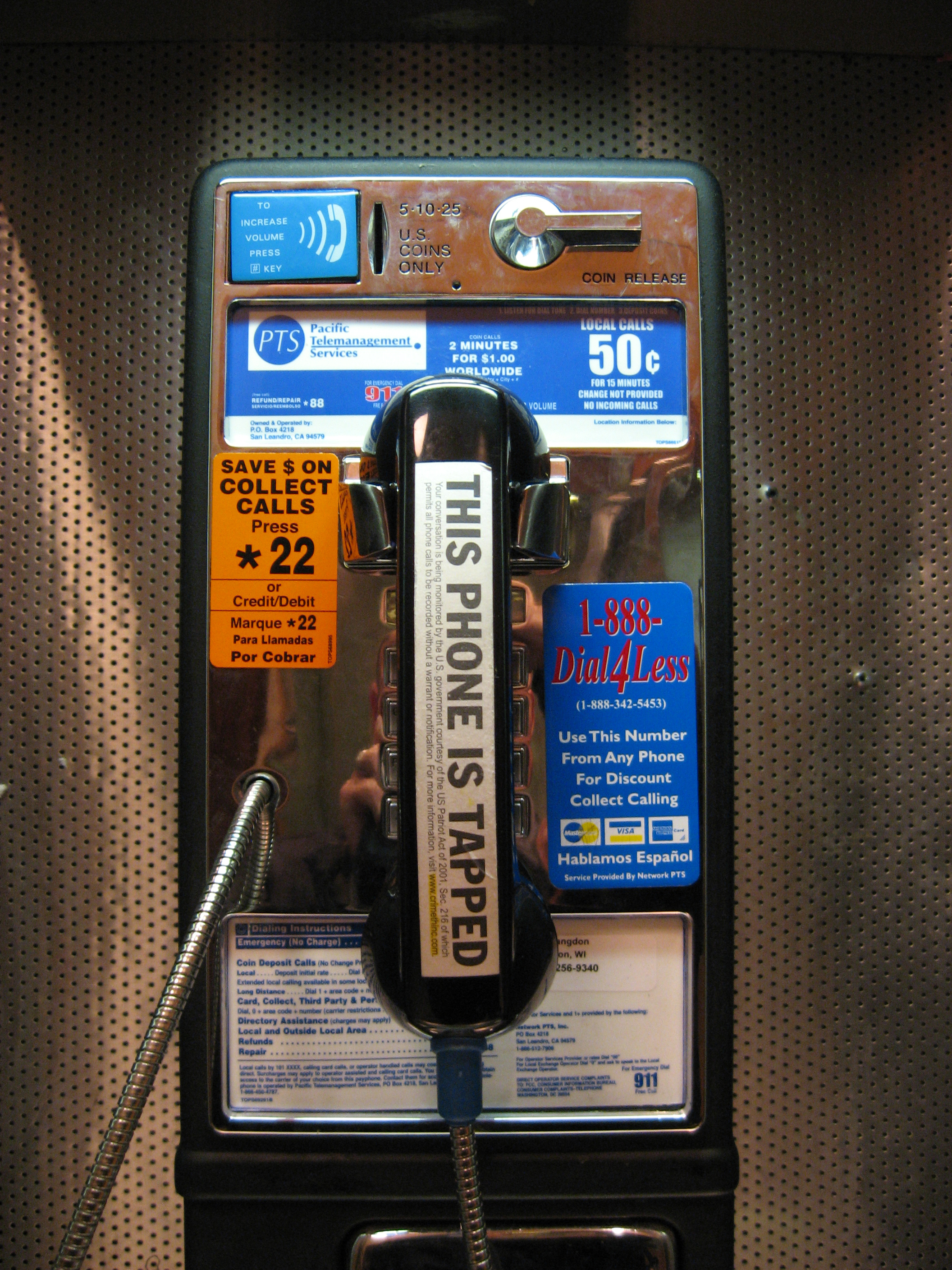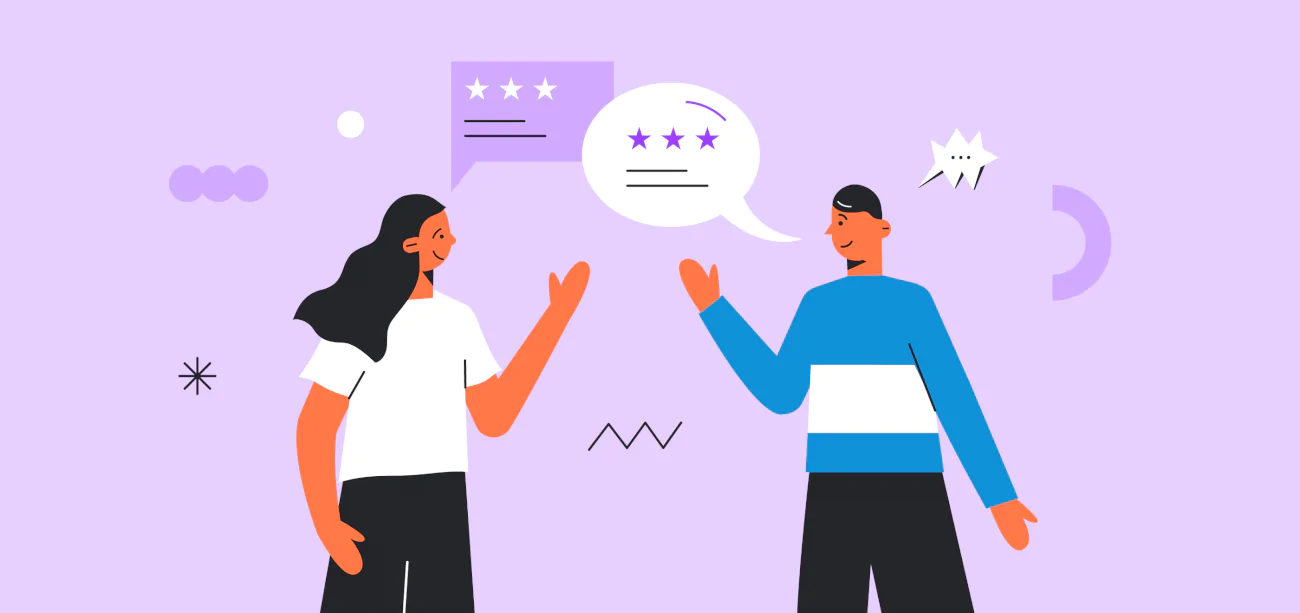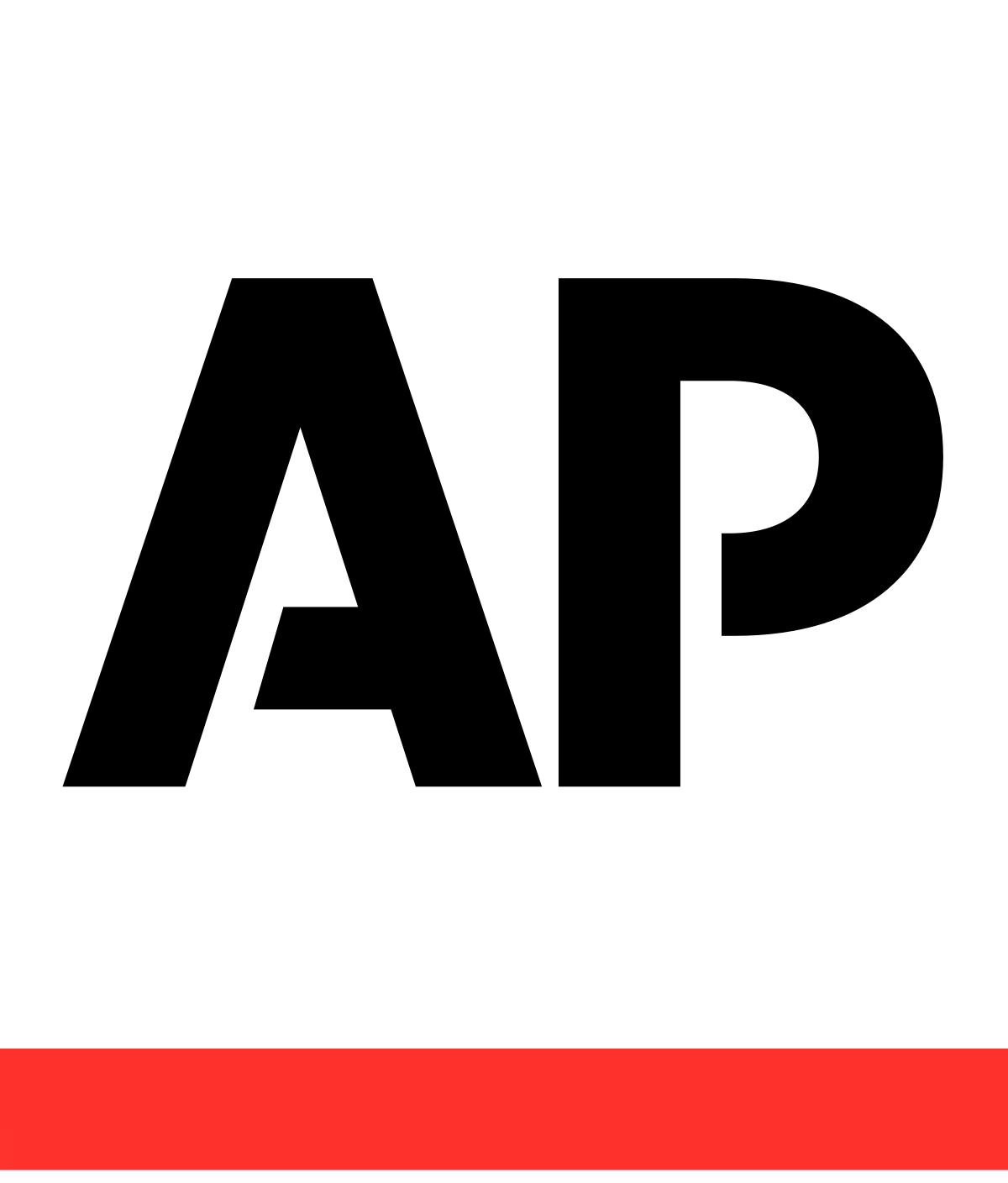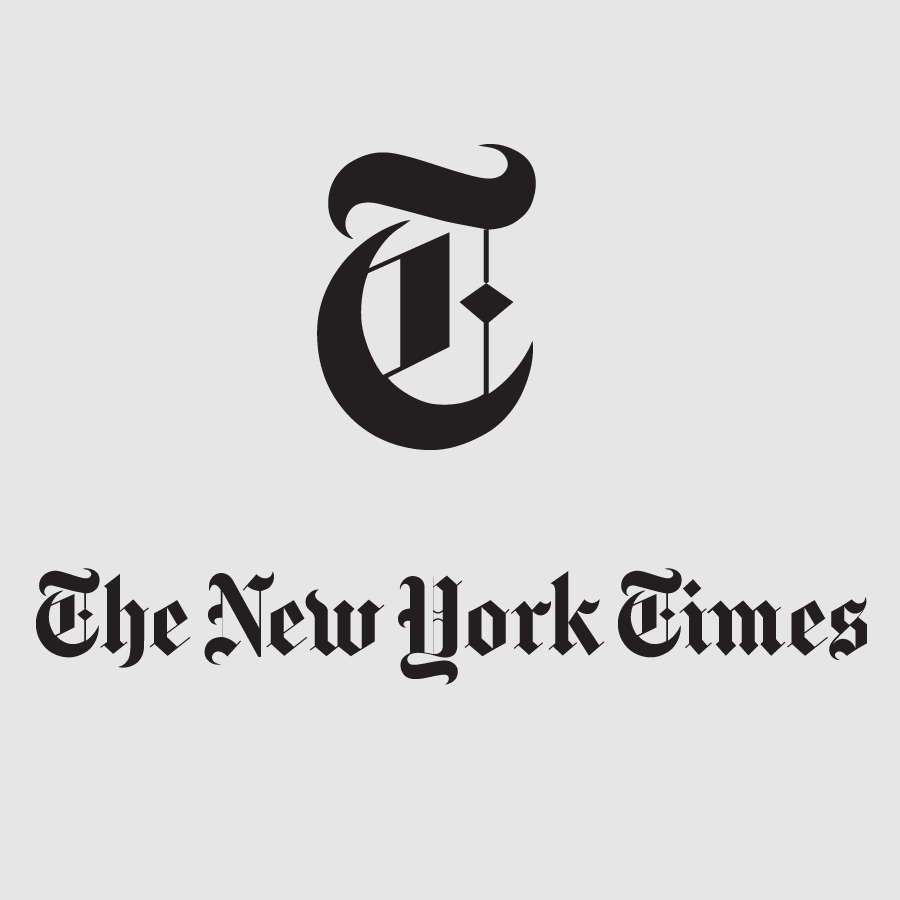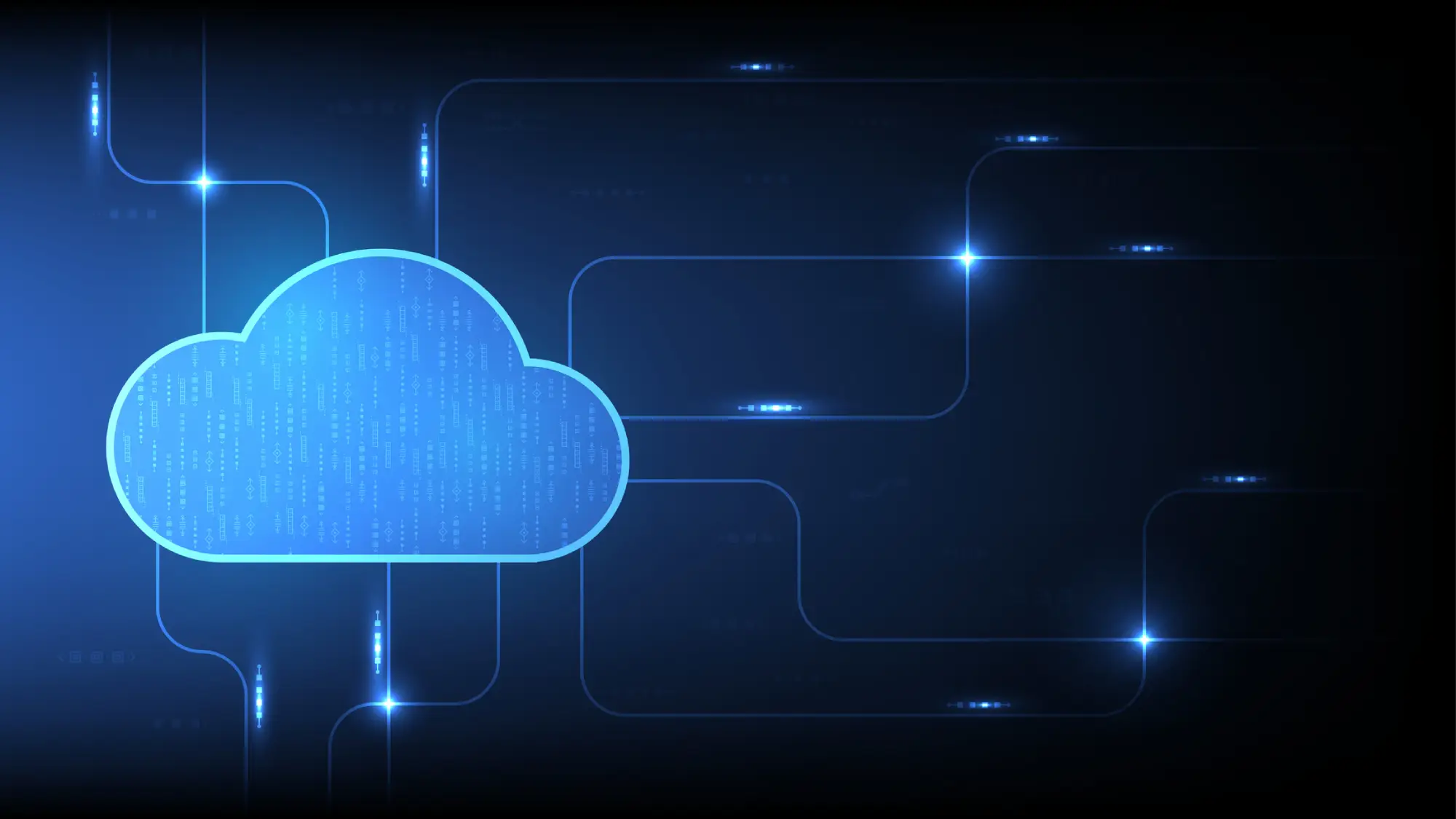
As forms of communication develop and new media arises, the need for a place to store these becomes dire. Thus, a new form of technology arose: Cloud Computing. In a Brief History of Cloud Computing, this dates back to 1969. Conversations around the need for this type of innovation started in 1963, as stated in the article. DARPA, which stands for the Defense Advanced Research Projects Agency, recruited MIT to be part of a $2 million project to create a way for two people to be working on one computer at the same time. An important term that came up during this time was "virtualization" which changed meaning at technological access to the internet expanded. By 1990, virtualization was used as a way to describe the use of computers, and how that led to the modern cloud computing.
Later, the article goes on to mention how this new form allowed for companies to be more efficient within their virtual storage. It mentions the launching of Amazon Web Services as a pivotal moment in the virtualization of storage, as this company specialized in helping other companies. This part was interesting to me, because my sister worked for Amazon Web Services, and did a lot of the consulting for the sales aspect, so it was nice to see the origin of that type of work. Additionally, that is when Google launched Google Docs along with Google Spreadsheets, which had a similar reaction amongst companies and web services.
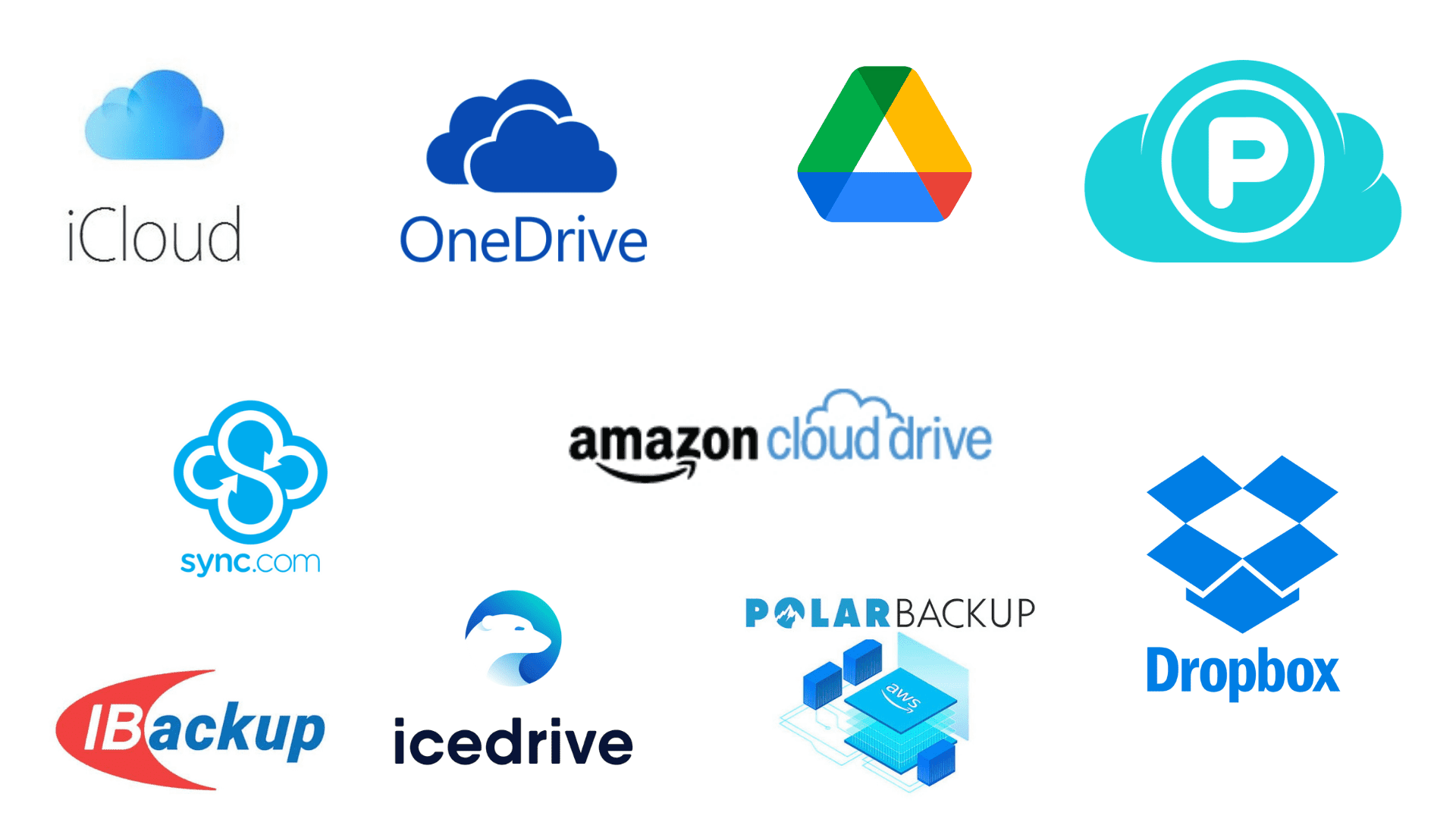
While these developments helped these big tech companies with their storage, the process was highly privatized as they were not able to adapt their cloud to fit the needs of all companies. Arguably the most popular, Apple launched the iCloud storage feature in accordance with their growing profits on phones and other devices. This was unique to apple because it allowed for not just documents to be stored, but larger files like photos, videos, and music, which the public enjoyed because it helped create an online world where people could keep the more personal parts of their lives.
Now this major development in storage technology had taken over, but with it came many concerns and issues. One was about cybersecurity. With all information, personal photos, documents, etc, being stored in one place, it was easy for online criminals to access and take over this information. In this paper on scrip.org, the dangers to cybersecurity through cloud computing are discussed. One of the main outlined concerned of this is that the adaptation of the cloud allowed for multiple sources of digital "ecosystems" allow for criminals to hack into multiple systems at once, which can be detrimental to companies. Additionally, the virtualization of private information increases risks of breaking confidentiality within workplaces.
As a possible combat to this, the paper mentions that the growth of the big cloud services has provided easy access to security measures to protect from cyberattacks, that would not be viable within the budgets of smaller companies. Lastly, the paper mentions that because of the way cloud is designed with what they call "security governance frameworks", they often can identify risks and take care of them as they come up, which eliminates a lot of smaller cybersecurity attack attempts. On a smaller scale, many new companies have been able to profit from their services to these big companies like Amazon Web Services, and iCloud.
Finally, some of my favorite small facts when researching the history of cloud computing, came from a lighthearted article titled 88 Cloud Computing Facts for 2024. Some of the highlights are that the term "cloud computing" was created in 1996, 89% of companies use a hybrid cloud which means that it is both private and public. Additionally, 55% of of the 2022 market shares came from cloud companies and 60% of the world's corporate data is stored in a cloud. After learning about the history, setbacks, developments, and challenges within the creation of the cloud, I have a better idea of how this fits into my life, as it was something I had little to no prior knowledge of. Next time I go to save something to my cloud, I will be aware of where it is going and how it gets there!

